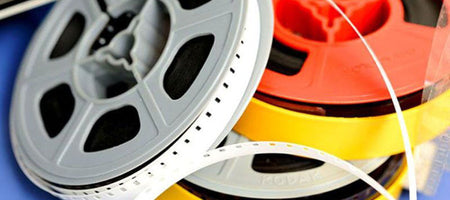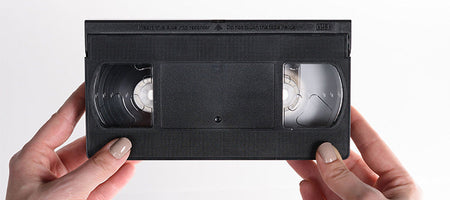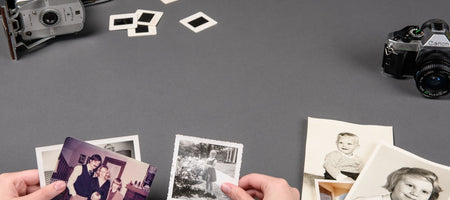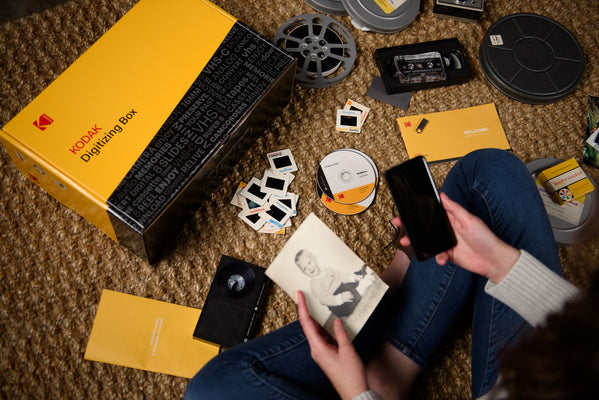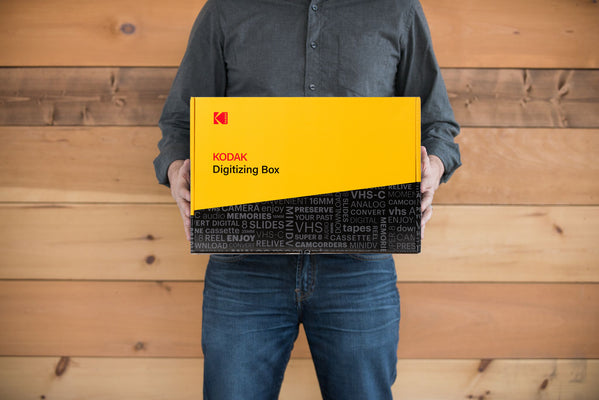Cinema and Sound
Before mp3 players and streaming services, we relied on our trusty discs, CDs and DVDs, for all of our entertainment needs.
Throughout the 90s and early 2000s, you might remember carefully curating your music and video libraries in album books the size of dictionaries. How many friends or dates did we try to impress by pulling out our massive and painstakingly organized albums of music and movies?It was common knowledge that CDs were for jamming to your favorite band in the car, and DVDs were for “chillaxing” in front of the TV on a Saturday night. But what’s the difference between these two discs?
Disc v. Disc
While a massive improvement from the floppy disc, the CD’s storage capacity is small compared to that of a DVD. CD is an abbreviation for “compact disc,” and its compact in more than one way. The CD’s storage capacity is only about 700 MB, which is just about 74 minutes of audio. When we think of the massive playlists we are able to curate now, 74 minutes seems minute. On the other hand, DVDs, short for “Digital Versatile Disc” are just that: more versatile. The typical DVD’s storage capacity is approximately 4.7 GB (or 4,700 MB!), so you can imagine this disc is a bit more adaptable. It has to have a larger capacity for media, because it’s used for video and audio. The CD couldn’t hold a candle to the DVD as a storage device once the latter hit the market in the late 90s.
Compatible or Not? That is the Question!
The great thing is that many DVD players are what we call “backward compatible.” This means that the player has the capability to play both its most current format and the previous format. Some DVD players are equipped with 2 lasers - one for CDs and one for DVDs. Of course, there are exceptions, so you’ll want to double check your device’s specifics. However, CD players would have to be “forward compatible” to play DVDs, and how could the makers of cutting-edge CD technology have foreseen the future so easily? That’d be like trying to play a cassette in your CD player, or a cassette in an 8-track player! If you load your DVD into your CD player, you won’t be able to play it, so be sure to double check your format if you find you find your disc won’t play. They look the same, right?! Unfortunately, these nuances make complete crossover compatibility an impossibility.
Did Someone Say Mix-Tape?
KODAK can easily convert those cassettes of yesteryear to CDs, and your favorite home videos to mp4 files for a DVD or flash drive! Do you have some photos from the road trips that inspired those mix tapes and jam sessions? KODAK can transfer those for you as well. The best part? The quality of these digital formats doesn’t degrade over time! It’s time to dust off those memories and media formats for a more readily accessible product!

